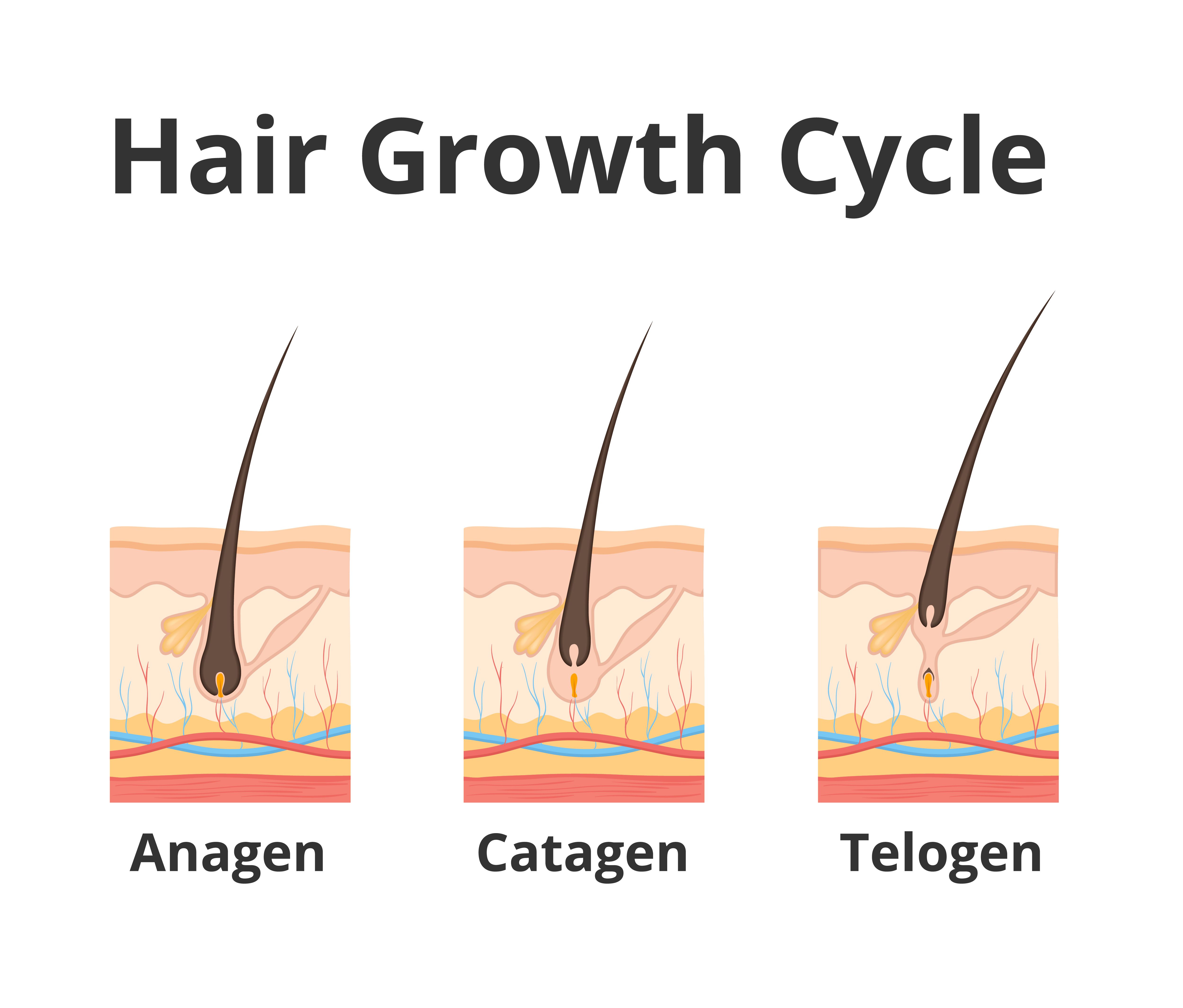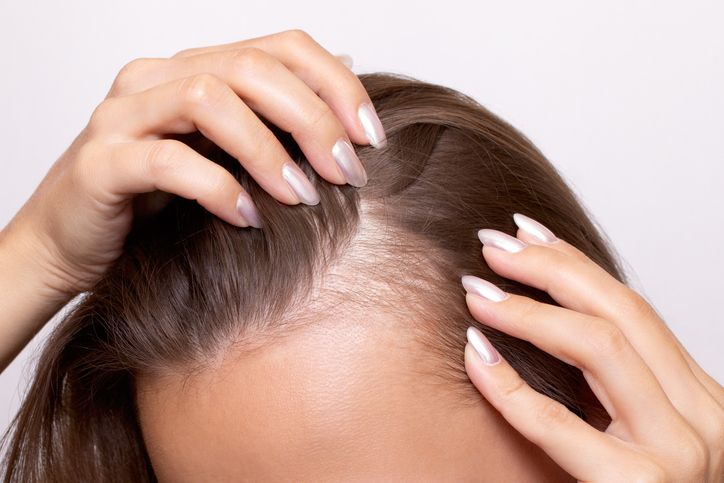- Home
- Trend
- Weight Loss Strategies
- Acne Tips
- Hair Health Information
- Blemish Removal Tips
- Acne Scar Removal Tips
- Muscle Building Techniques
- Intimate Care Tips
- Postpartum Intimate Care
- Eye Bags Wiki
- Tips for Face Slimming
- Secret of Permanent Hair Removal
- Breast Enlargement Tips
- Cure to Snoring
- Marionette Lines
- Skin-Tightening Secrets
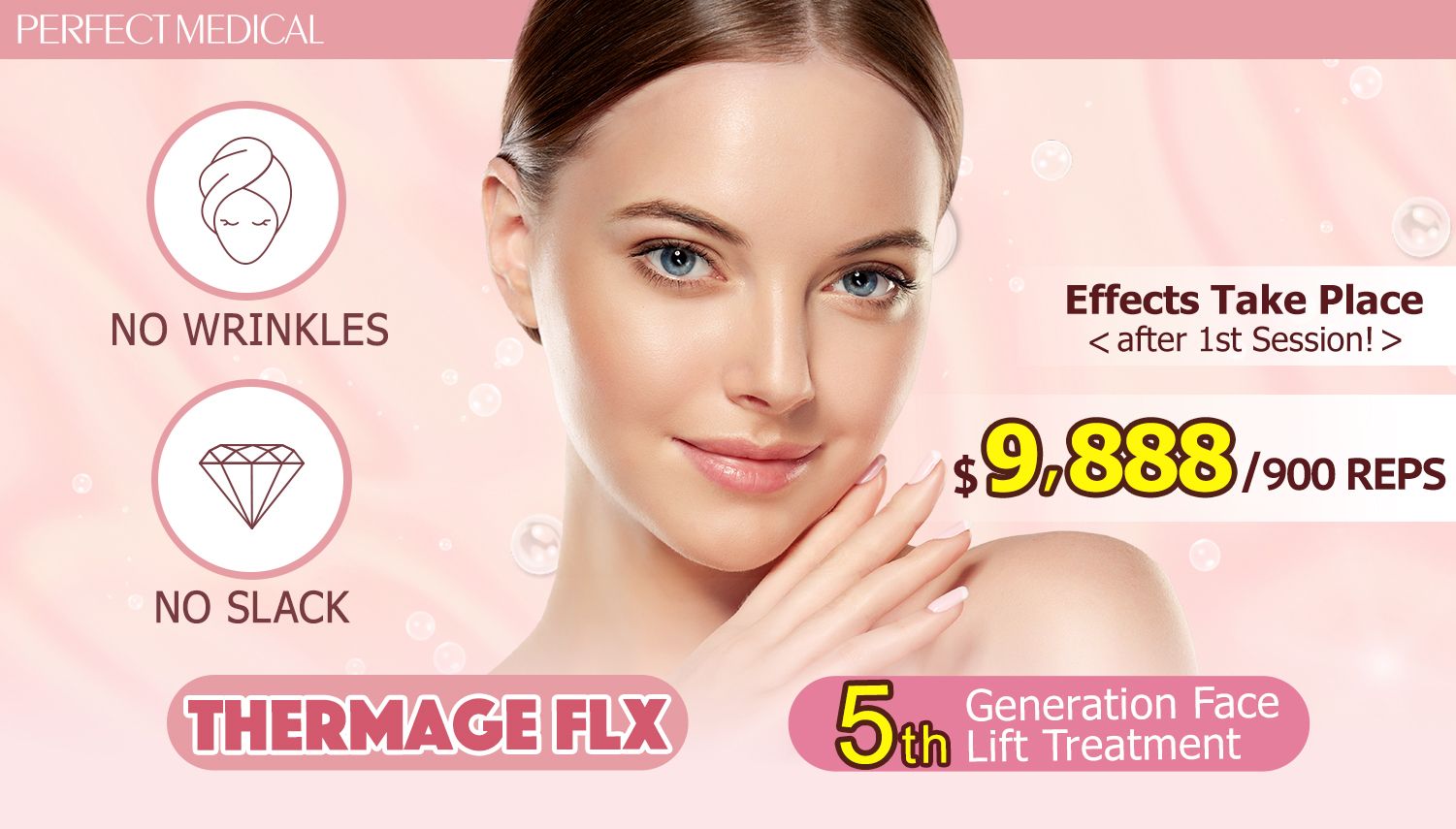
免費體驗
Thermage FLX 5th Generation Face Lift Treatment
1 Minute Self-Registration
Date should not be before minimal date
Wash your face everyday but still feel like your skin is dying? Whether your skin is as oily as a greasy pizza or as dry as the Sahara, understanding what to steer clear of can be a game-changer for your skin health. Let's look into the potential problems behind your daily skincare routine!
1
How Do We Measure Whether an Ingredient is Pore-Clogging?
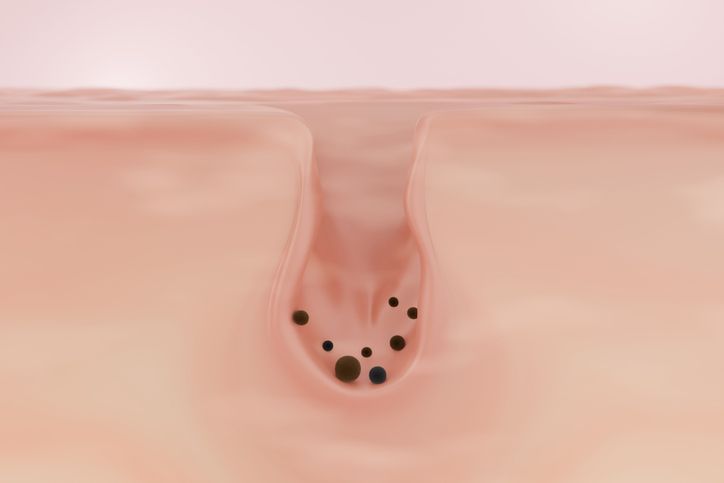
0: Non-comedogenic
1: Slightly comedogenic
2: Moderately comedogenic
3: Moderately to highly comedogenic
4: Highly comedogenic
5: Extremely comedogenic

2
What Happens If You Use Too Much Products That Cause Pores Clogging?
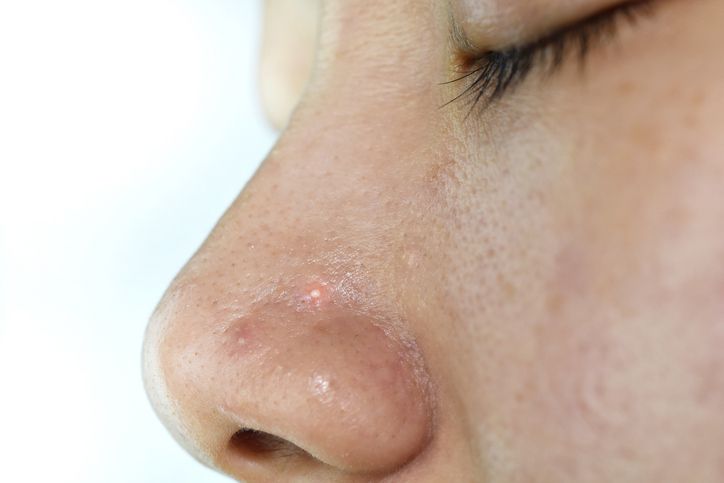
Inflammation and Tissue Damage
Scar Formation
Loss of Skin Tone
Decreased Skin Resilience
Acne Breakouts
Increased Blackheads and Whiteheads
Enlarged Pores
Compromised Skin Barrier
- Thermage or Ultherapy: Which Is Better? Can You Use Them Together for Best Skin Tightening Results?
- Alternative to Thermage FLX: Comparing to Ultherapy Non-Surgical Skin Tightening
- Best Thermage in Hong Kong? 6 Key Treatment Benefits + Pre- and Post-Care Guide
- Thermage Versus Ultherapy : Which Skin Tightening Treatment Is Better? Which Treatment is Right for You?
3
9 Ingredients That Takes Away Your Clear Skin

1. Certain oil products
2. Isopropyl palmitate
3. Sodium lauryl sulphate
4. Ethoxylated lanolin
5. PEG-16 lanolin
6. Cetyl acetate
7. Propylene glycol monostearate
8. Acetylated lanolin alcohol
9. Ingredients derived from algae
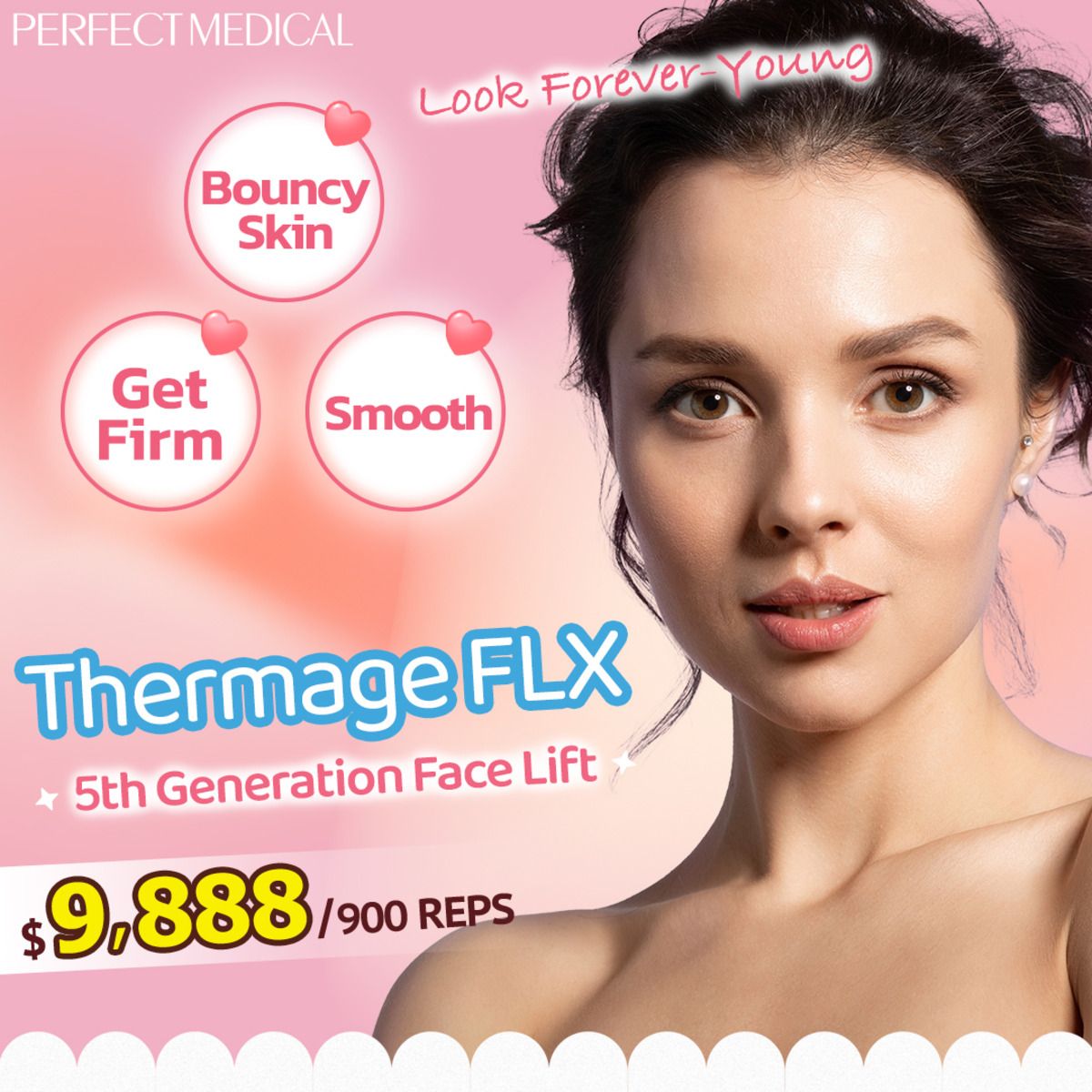
4
Some Non-Comedogenic Ingredients You Can Trust
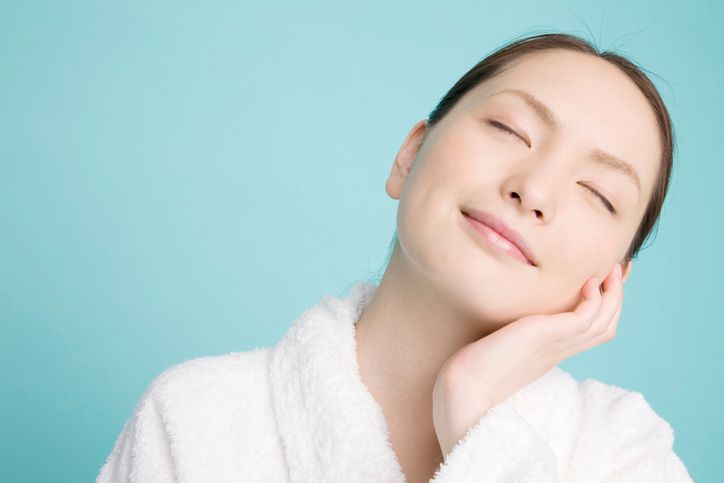
Jojoba oil
C Red
Palm oil
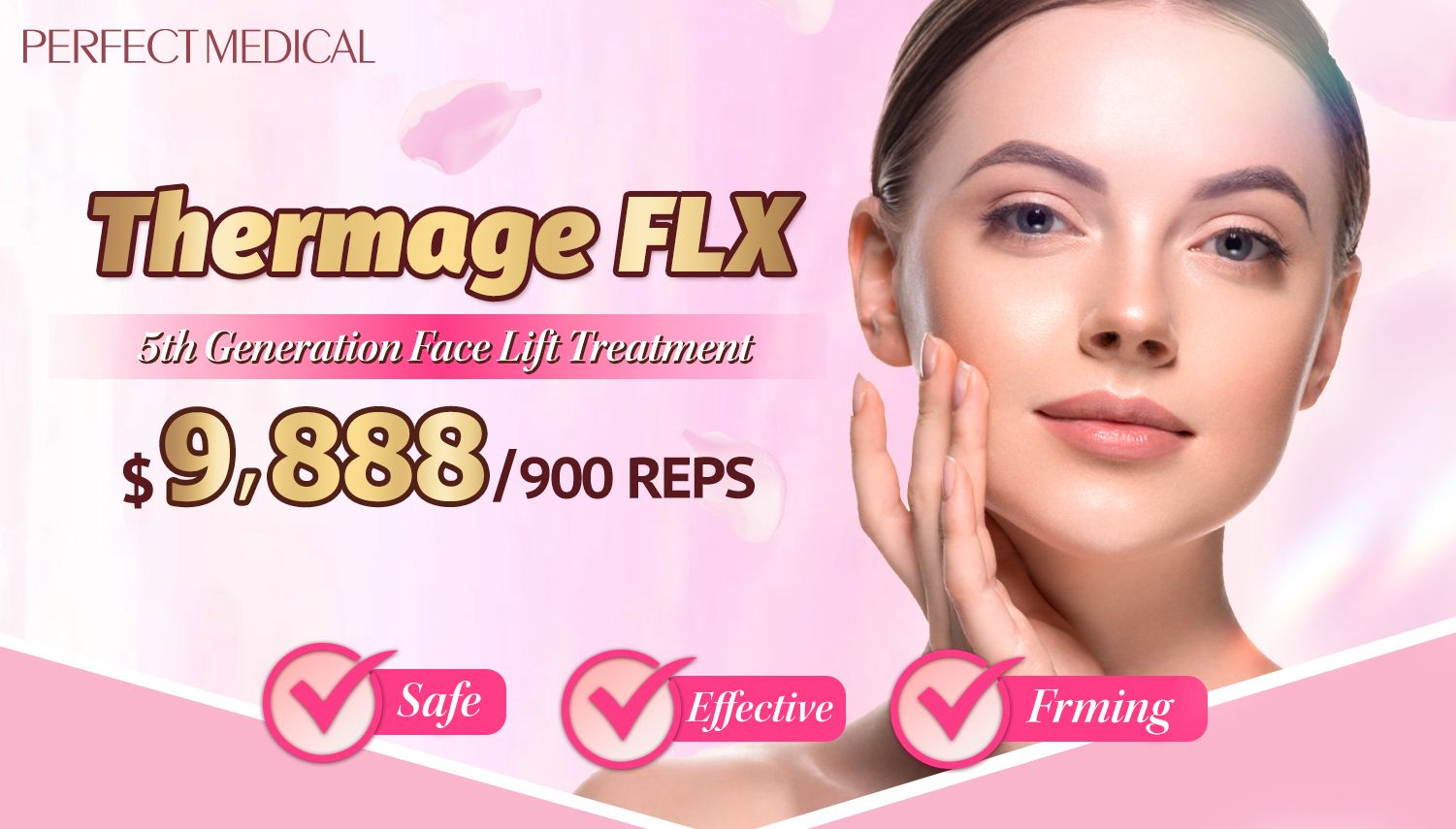
免費體驗
Thermage FLX 5th Generation Face Lift Treatment
1 Minute Self-Registration
Date should not be before minimal date
5
Another Skin Care Solution That Can Get Rid of Your Oily Skin

How does it work?
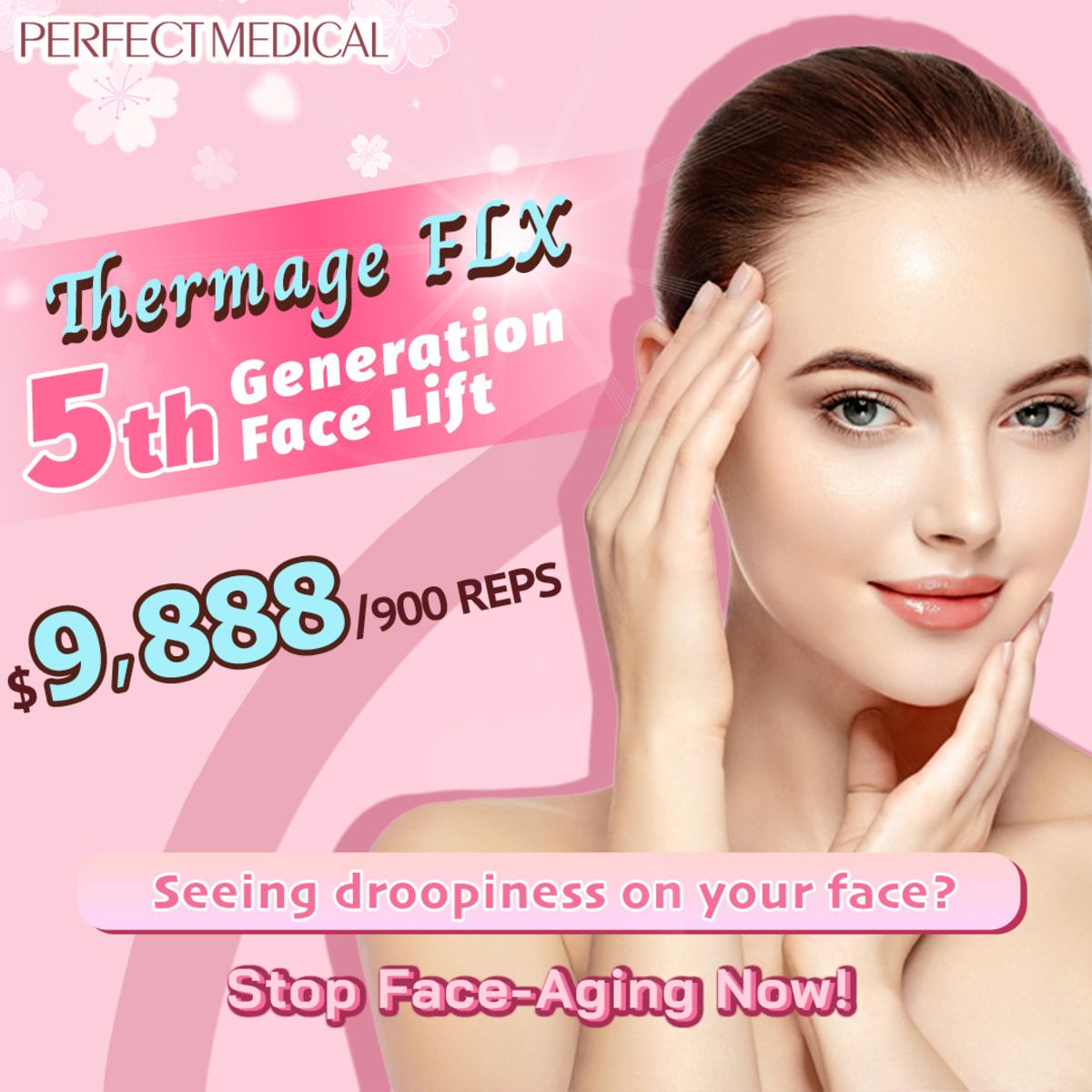
6
Closing Thoughts

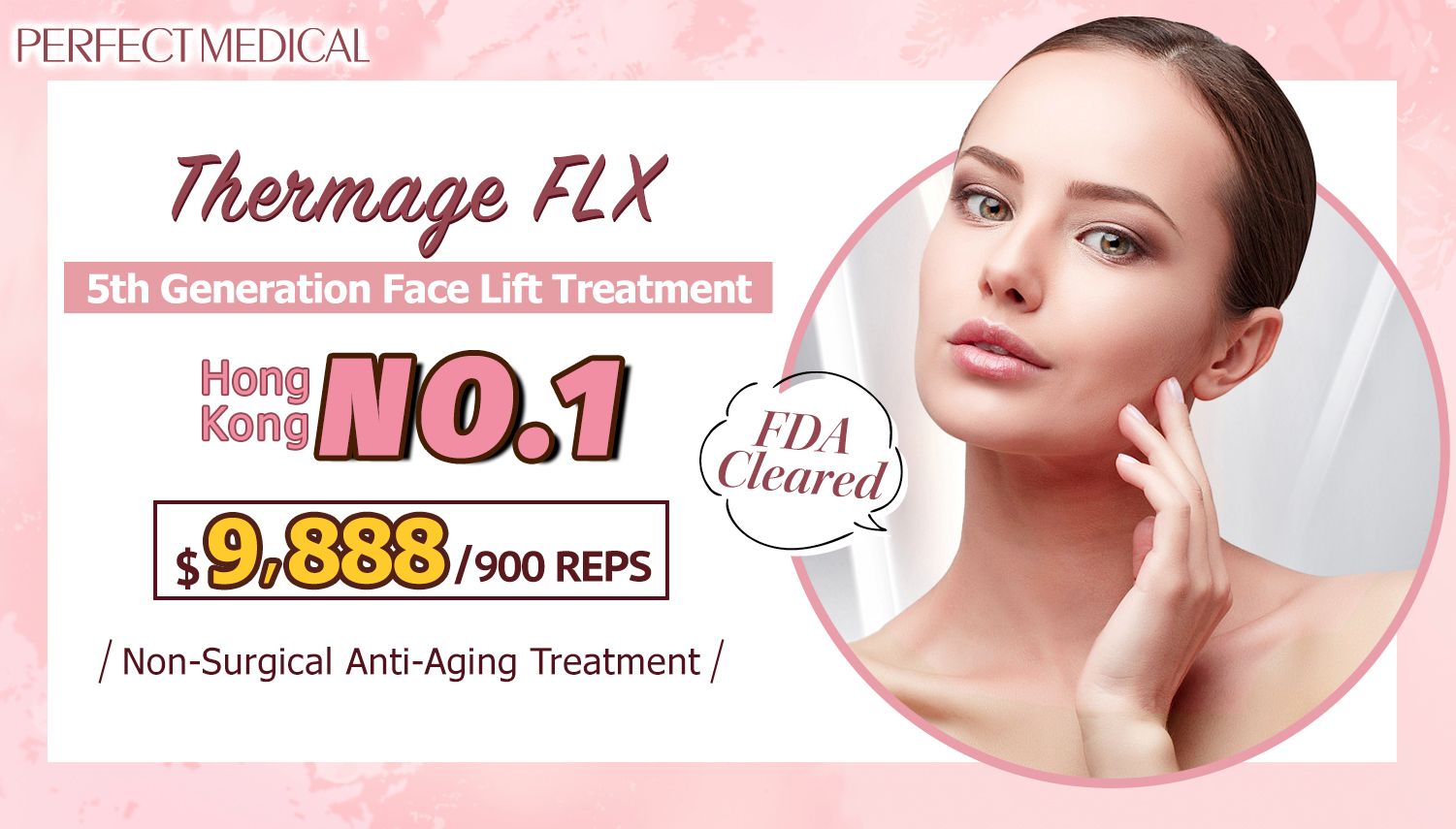
免費體驗
Thermage FLX 5th Generation Face Lift Treatment
1 Minute Self-Registration
Date should not be before minimal date
FAQ

1. What are some key features to look for in products that promote clear skin?
When seeking products to enhance clear skin, it's essential to prioritise certain features. These products often incorporate active ingredients such as salicylic acid or benzoyl peroxide, known for their effectiveness in treating acne. Additionally, they are formulated to be oil-free, reducing the risk of pore congestion and breakouts.
2. Is there any acne treatment products that are oil-free and come in cream form?
When searching for acne treatment products that are oil-free and convenient to use, consider those containing ingredients like salicylic acid or benzoyl peroxide. These ingredients effectively target acne-causing bacteria and help unclog pores. Cream formulations, featuring components like PPG 2 myristyl propionate or cetearyl alcohol ceteareth 20, offer a non-greasy texture that absorbs well into the skin, delivering the active ingredients directly to problem areas while maintaining moisture balance.
3. I've heard that wheat germ glyceride is beneficial for acne-prone skin. Can you recommend any skincare products that contain this ingredient?
Indeed, wheat germ glyceride boasts moisturising properties beneficial for acne-prone skin. To incorporate this ingredient into your skincare routine, look for creams or lotions specifically formulated for acne treatment. These products harness the hydrating effects of wheat germ glyceride while ensuring pore-friendly formulations, minimising the risk of exacerbating acne.
4. Is stearic acid tea suitable for oily skin?
While stearic acid tea is generally well-tolerated in skincare products, its suitability for oily skin depends on individual preferences and sensitivities. While it doesn't directly contribute to excess oil production, people with oily skin may opt for products labelled as oil-free to mitigate shine and potential pore congestion. However, if stearic acid tea is present in a product, ensuring it's balanced with other non-comedogenic ingredients can help maintain skin health and clarity.
5. Are there any acne treatment products that do not contain sodium laureth sulphate?
Yes, there's a plethora of acne treatment products available without sodium laureth sulphate. This foaming agent, commonly found in cleansers and skincare products, can strip the skin of its natural oils, potentially exacerbating acne and irritation. Opting for acne treatment products labelled as oil-free and non-comedogenic ensures they're free from such harsh detergents, promoting gentle yet effective cleansing without compromising skin hydration or exacerbating acne symptoms.







